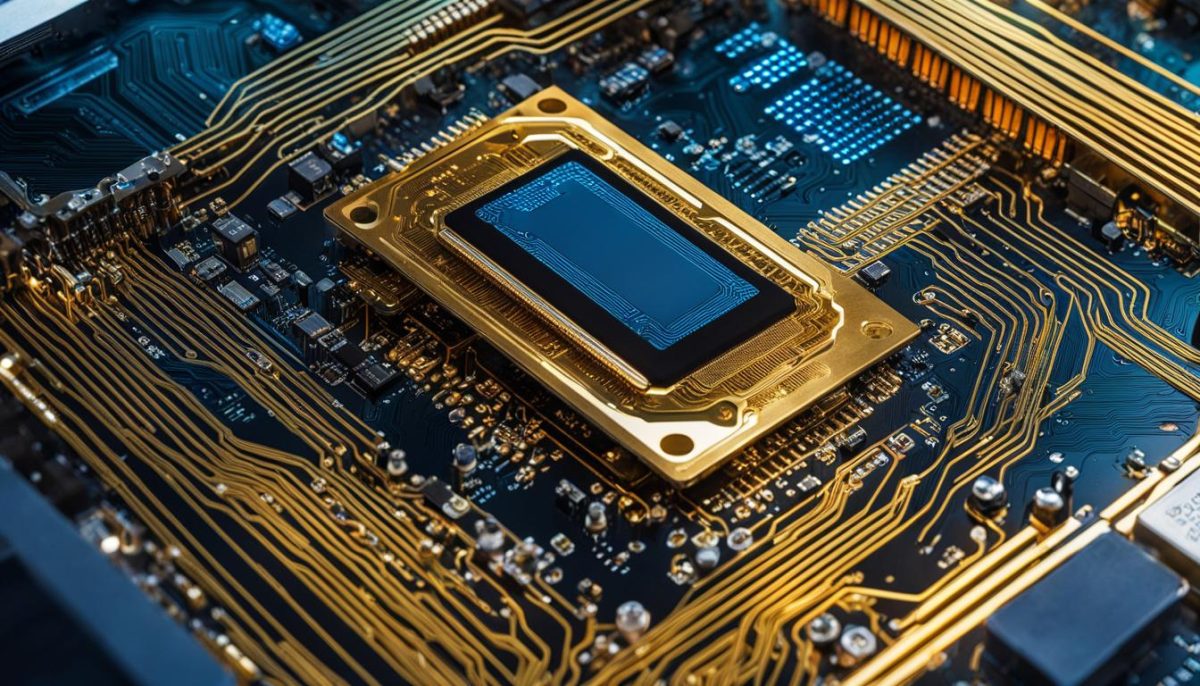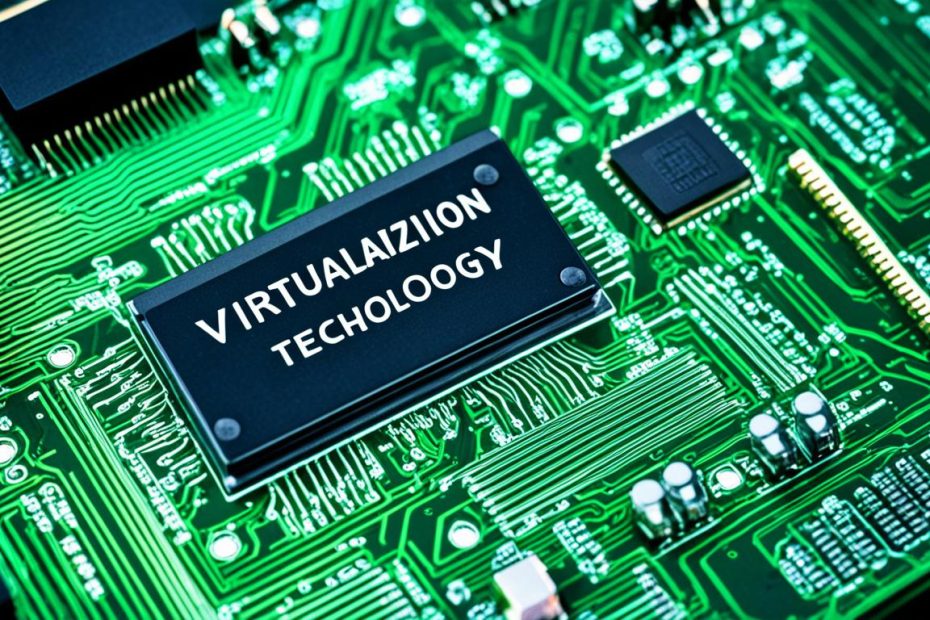Welcome to our step-by-step guide on turning on hardware virtualization, a crucial feature that can enhance the performance of your computer and provide better support for virtual machines. By enabling hardware virtualization, you can unlock the full potential of your CPU and enjoy improved efficiency when running virtualized environments.
In this article, we will walk you through the process of checking if your computer supports hardware virtualization, and if so, how to enable it. We will provide detailed instructions for accessing your BIOS settings, locating the virtualization settings, and activating hardware virtualization. Plus, we’ll explain what hardware virtualization is and why it matters.
But before we dive into the nitty-gritty, let’s take a look at the benefits of turning on hardware virtualization and why it’s important for virtual machine support.
Turning on hardware virtualization enhances your computer’s performance by allowing it to efficiently run multiple virtual machines simultaneously. Each virtual machine operates with its own operating system and allocated resources, saving you from the hassle of maintaining multiple physical machines.
Whether you’re a developer, IT professional, or simply someone who enjoys working with virtualized environments, hardware virtualization is a game-changer. It enables you to optimize resource allocation, isolate different virtual machines, and run them smoothly without any performance bottlenecks.
So, are you ready to unlock the full potential of your CPU? Let’s get started on enabling hardware virtualization and experiencing the benefits it brings to your virtual machine support!
What is Hardware Virtualization?
Before we delve into the steps of turning on hardware virtualization, let’s first understand what it is. Hardware virtualization is a technology that enables running multiple virtual machines on a physical computer, each with its own operating system and resources. It allows for better utilization of computer resources, improved isolation between different virtual machines, and increased efficiency in running virtualized environments.

Hardware virtualization is essential for maximizing the capabilities of modern computer hardware. By effectively partitioning and managing system resources, it allows for the seamless execution of multiple operating systems and software applications within isolated virtual environments.
Virtual machines created through hardware virtualization offer advantages such as:
- Improved performance: Hardware virtualization provides direct access to hardware resources, resulting in enhanced performance for virtual machines.
- Isolation: Each virtual machine operates independently, ensuring that any issues or malware in one virtual machine do not affect others.
- Flexibility: Hardware virtualization enables the easy deployment and migration of virtual machines, making it ideal for testing, development, and server consolidation.
- Resource optimization: By efficiently allocating resources to virtual machines, hardware virtualization allows for optimal utilization of system capabilities.
With hardware virtualization, individuals and businesses can efficiently utilize their computer resources, reduce hardware requirements, and create scalable and secure virtual environments. Whether you are a developer, system administrator, or an avid user of virtual machines, understanding and enabling hardware virtualization is key to unlocking its full potential.
Checking Hardware Virtualization Support
Before enabling hardware virtualization, it is essential to determine whether your computer supports this feature. In this section, we will guide you through the process of checking for hardware virtualization support. You have two options to verify hardware virtualization support: accessing the BIOS settings or utilizing software utilities.
Method 1: Checking Hardware Virtualization Support in BIOS Settings
To check for hardware virtualization support in your computer’s BIOS settings, follow these steps:
- Restart your computer.
- During the boot process, press the appropriate key to enter the BIOS setup. This key may vary depending on your computer’s manufacturer. Common keys include F2, F10, or Del.
- Navigate through the BIOS setup menus using the arrow keys on your keyboard.
- Look for an option related to virtualization or hardware virtualization. The exact wording may differ depending on your BIOS version. It is often labeled as “Virtualization Technology,” “VT-x,” or “Intel Virtualization Technology.”
- If you find the virtualization option, ensure it is enabled. If it’s disabled, use the arrow keys to select the option and press Enter to enable it.
- Save the changes and exit the BIOS setup. Usually, you can do this by pressing the F10 key.
Once you have enabled virtualization in the BIOS settings, your computer will have hardware virtualization support.
Method 2: Checking Hardware Virtualization Support with Software Utilities
If you prefer a software-based approach to verify hardware virtualization support, you can use dedicated utilities such as CPU-Z or Speccy. These tools provide detailed information about your computer’s hardware, including virtualization capabilities.
To check hardware virtualization support using CPU-Z, follow these steps:
- Download and install CPU-Z from the official website.
- Launch CPU-Z and navigate to the “CPU” tab.
- Look for the “Instructions” section.
- If you see “Virtualization” or “VT-x” mentioned, your CPU supports hardware virtualization.
Using software utilities is a convenient alternative if you are not comfortable accessing the BIOS settings or need to gather more detailed information about your hardware.
Summary
Verifying hardware virtualization support is an essential step before enabling this feature on your computer. By following the steps explained above, you can determine whether your computer supports hardware virtualization either through BIOS settings or with the help of software utilities. Once you confirm hardware virtualization support, you can proceed to enable it and enhance the performance of your virtual machines.
Enabling Hardware Virtualization in BIOS Settings
If you have determined that your computer supports hardware virtualization, you can proceed to enable this feature in your BIOS settings. Enabling hardware virtualization will unlock its performance benefits and allow you to make the most out of your CPU’s capabilities.
To begin, you will need to access your computer’s BIOS menu. Restart your computer and look for the key or combination of keys to enter BIOS. This is typically displayed on the screen during the boot process, but it can vary depending on your computer manufacturer. Common key combinations include F2, F10, or DEL.
Once you are in the BIOS menu, navigate to the virtualization settings. The exact location of these settings can vary between different BIOS versions, so refer to your computer’s manual or the manufacturer’s website for specific instructions.
After locating the virtualization settings, you should find an option to enable hardware virtualization. It may be named differently depending on your BIOS, but common labels include “Virtualization Technology,” “Intel VT-x,” or “AMD-V.” Enable this option and save your changes before exiting the BIOS menu.
Congratulations! You have successfully enabled hardware virtualization in your BIOS settings. Now, you can enjoy enhanced performance and improved support for virtual machines. Remember to save your BIOS changes and restart your computer for the settings to take effect.
